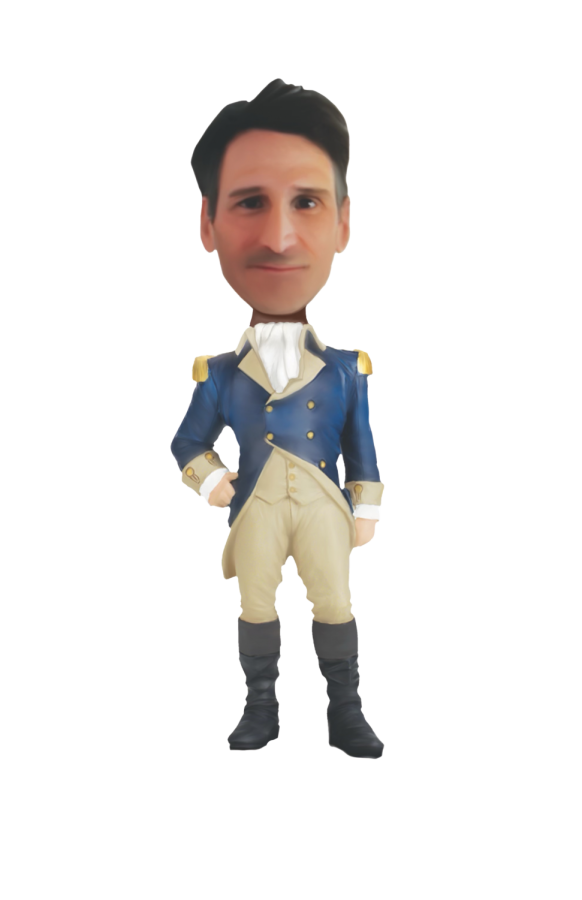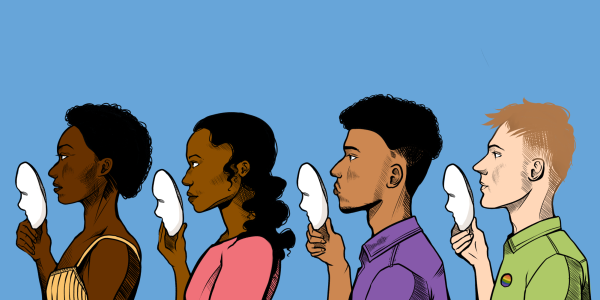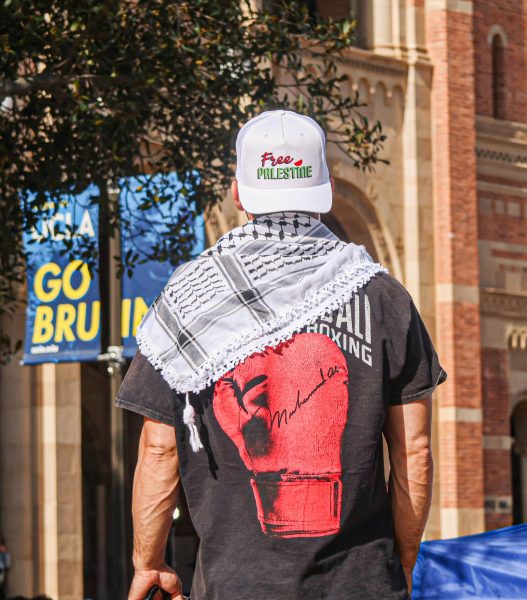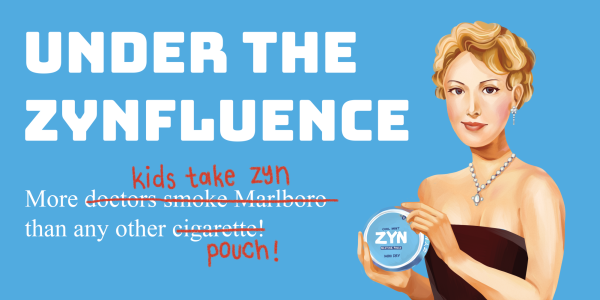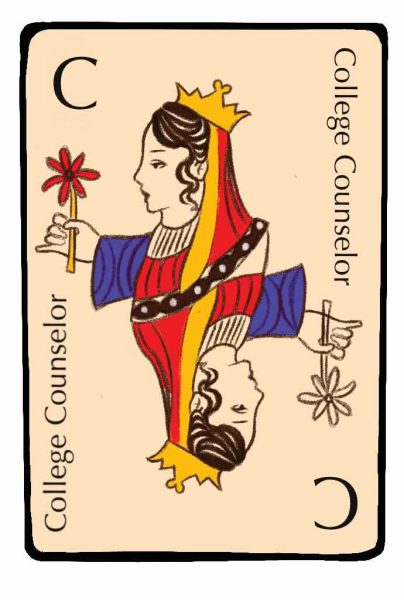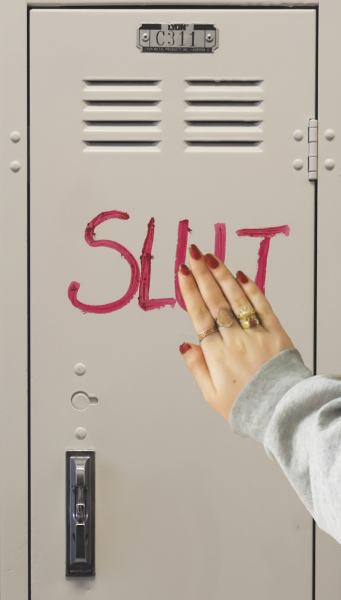New to Normal: Spotlight on Dr. Sheehy
Dr. Sheehy and Dr. Stewart spent their first year at the school teaching through Zoom. Now, they reflect on the return to teaching in the classroom.
November 20, 2021
Following a nine year break from teaching and a yearlong substitution teaching history at the Marlborough School, Dr. Peter Sheehy joined the History Department in 2020. Sheehy led his first Advanced Placement (AP) United States History and AP United States Government and Politics classes on his laptop, teaching through a Zoom box and in the walk-in closet he repurposed as an office for the virtual year.
“I have to be honest, I feel like I’ve blocked out a lot [of quarantine],” Sheehy said. “[My first day at the school] feels like a very long time ago. I remember I started my classes asking students how they felt. I thought [it was] very important to understand emotionally where [students were] coming from and almost every student said, ‘I’m nervous, but I’m really happy to be here. I’m happy to have something to do. I’ve done nothing all summer and it’s good to at least see my friends.’”
Sheehy said he underestimated the difficulties of online teaching and quickly realized how isolating his work would be. Nonetheless, Sheehy said he persevered through this emotional fatigue, creating connections with his students through his virtual classes.
“What I was doing last year was pretty effective, but it was nothing I had experienced before,” Sheehy said. “I just assumed [that I would be] teaching on a camera, right? [I thought] it should be 90% the same, but it was not [the same] at all. It was so different and so much more exhausting.”
Sheehy said he noticed a difference in the behavior of his students between in-person and virtual school. Against a digital wall of faces in muted boxes, Sheehy said he often questioned how to make his classes more interactive and occasionally wondered if his students were listening to him.
“What was so exhausting, frustrating and discouraging was not being able to read the room and look at engagement and figure out how to draw people, how to pivot the conversation, when to let students speak or when I should continue speaking,” Sheehy said.
“All of that was incredibly challenging to do over the computer.”
Sheehy said he realized he was teaching history in a particularly monumental time. He said he was astounded by his students’ intellectual resilience.
“I just thought about the students’ [perseverance] despite everything that was going on, not just with the pandemic, but with the stress of the Black Lives Matter movement, [2020] Presidential Election, contested election and the [Jan. 6 Capitol] insurrection,” Sheehy said.
“The fact that students were able to function at [the] academic level that they did was kind of astounding.”
When returning to in-person school this year, Sheehy said his first day was surprisingly easy. He said getting to know his students in person gives him something to look forward to and enjoy.
“I consider this my first year [of teaching at the school], and I feel super connected and just really grateful for my colleagues and students,” Sheehy said. “I mean, even just watching how [my students] come into my class [and hearing] their side conversations, all that I can learn about them [interests me]. I hear chatter on one side of the room about people working on The Chronicle [or] someone working on the play [and] I just immediately kind of have a sense of them as a student outside of my discipline. [Compared to Zoom school], it’s like night and day.”































